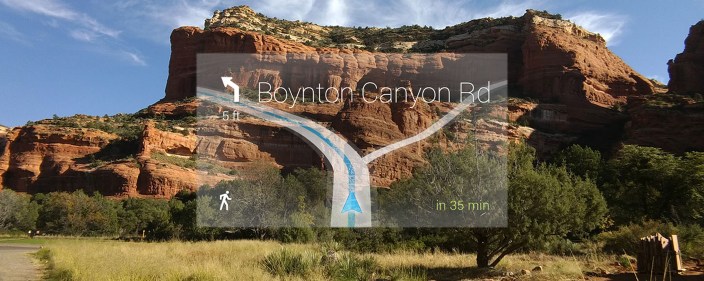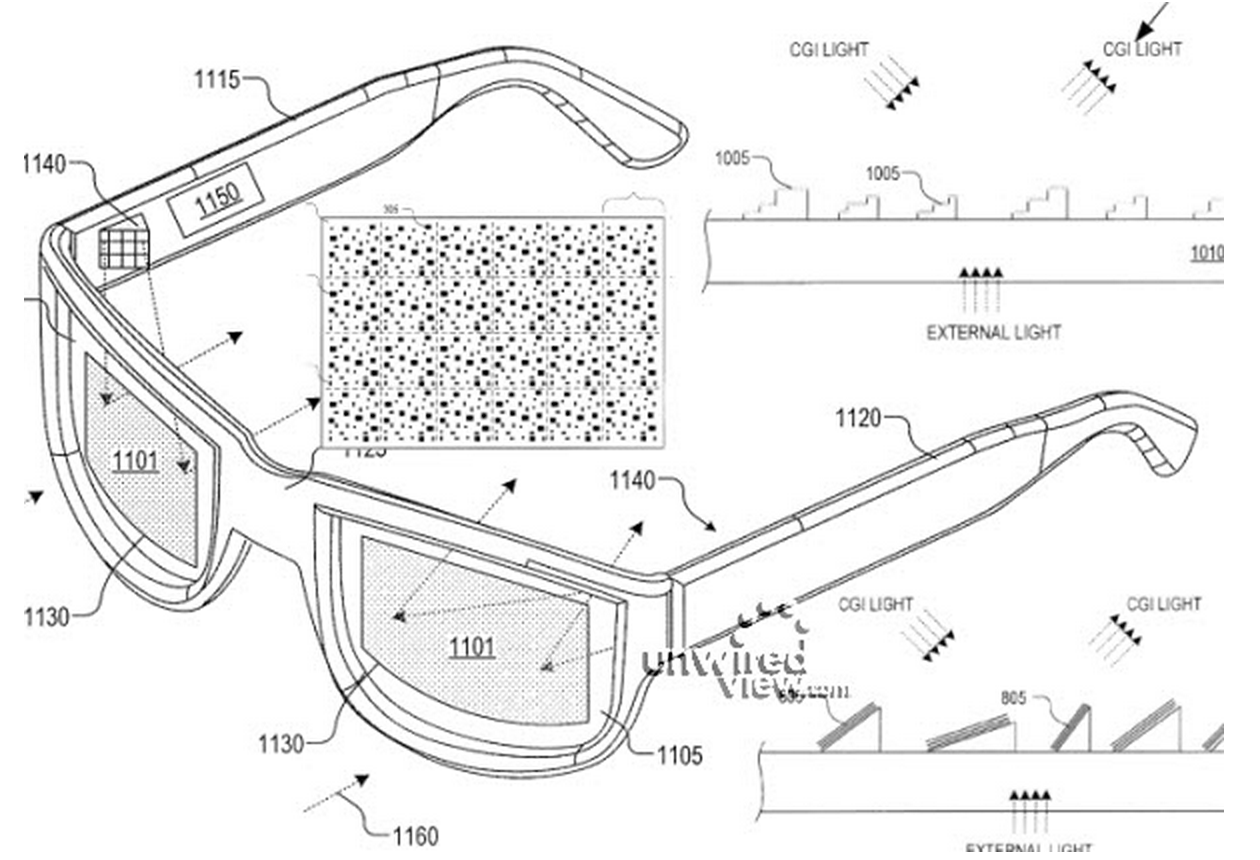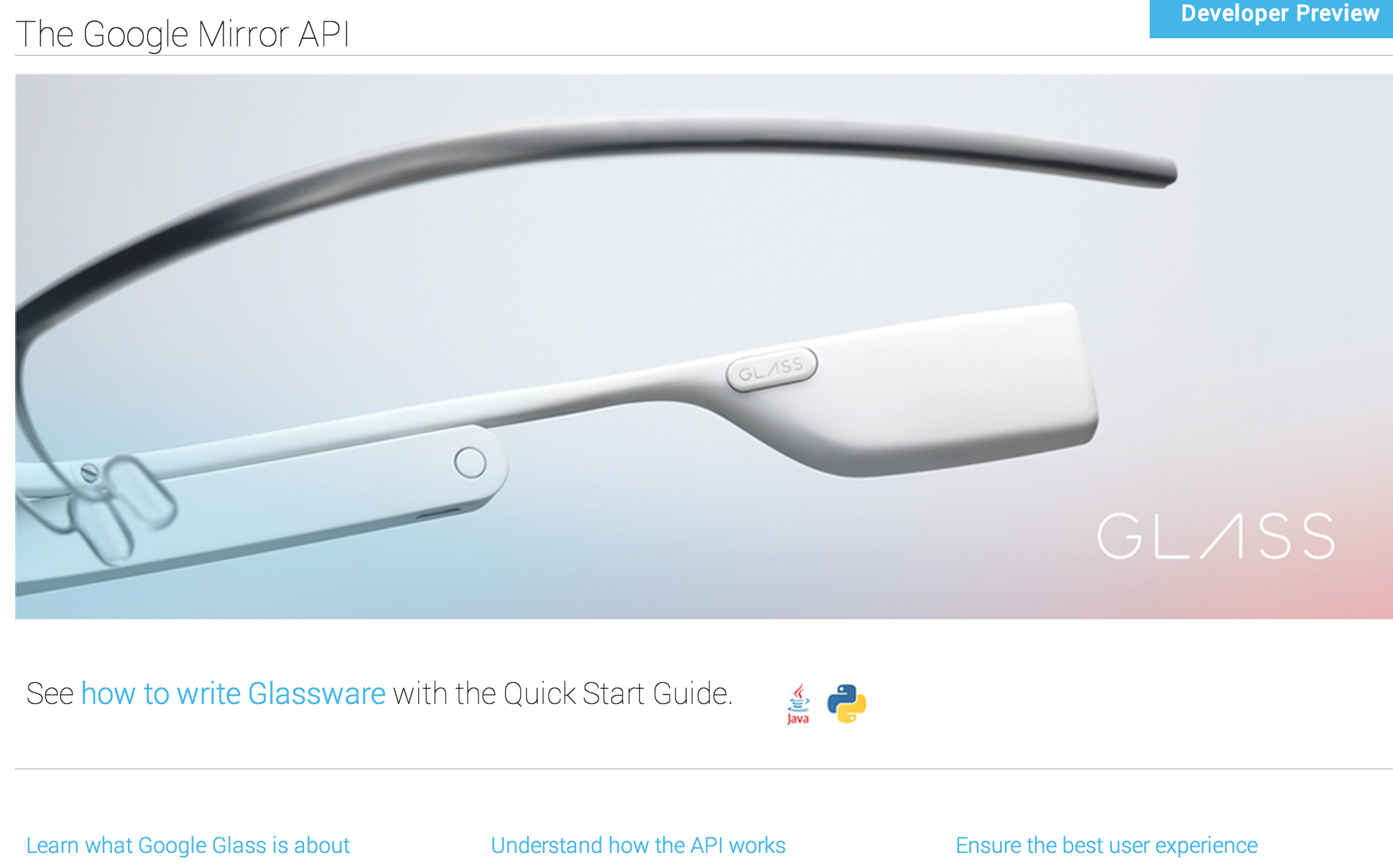Philips Healthcare and Accenture create Google Glass surgical proof of concept

[youtube=http://www.youtube.com/watch?v=ssldTFWBv3E&feature=youtu.be]
Today Philips and Accenture announced the creation of a proof-of-concept that uses a Google Glass head-mounted display for performing surgical procedures. The demonstration connects Google Glass to Philips IntelliVue Solutions and proves the concept of seamless transfer of patient vital signs into Google Glass, potentially providing physicians with hands-free access to critical clinical information. Additional ideas:
- Accessing a near real-time feed of vital signs in Google Glass;
- Calling up images and other patient data by clinicians from anywhere in the hospital;
- Accessing a pre-surgery safety checklist;
- Giving clinicians the ability to view the patient in the recovery room after surgery;
- Conducting live, first-person point-of-view videoconferences with other surgeons or medical personnel; and
- Recording surgeries from a first-person point-of-view for training purposes.
This is interesting but proof of concepts have already been happening like the surgeons we covered in August. Press release follows:
Expand
Expanding
Close




